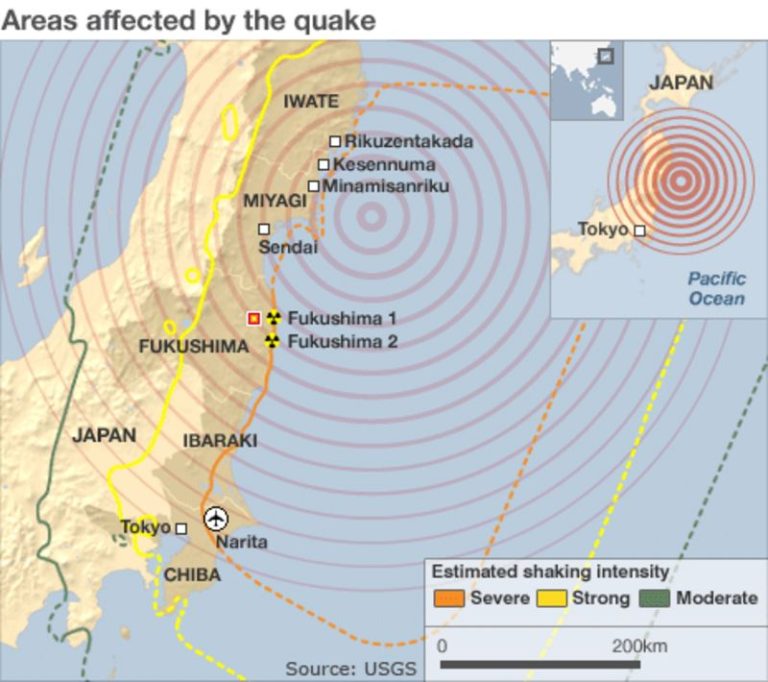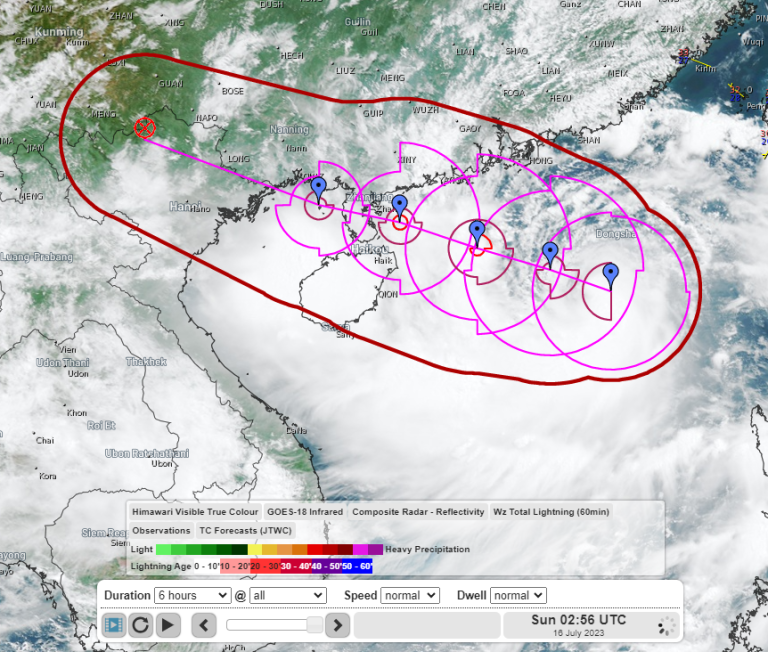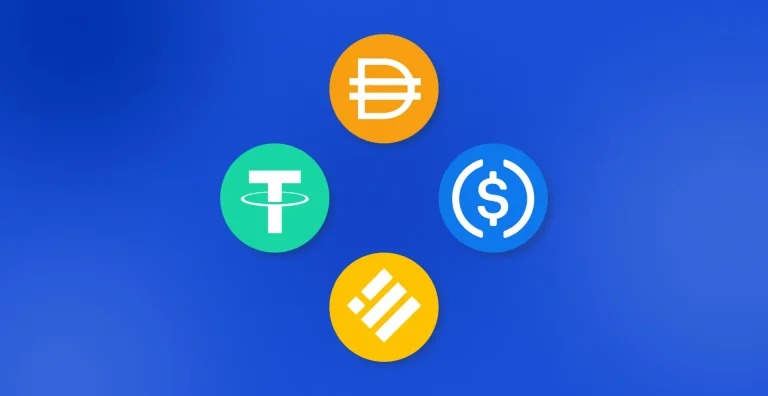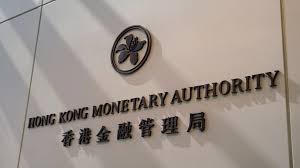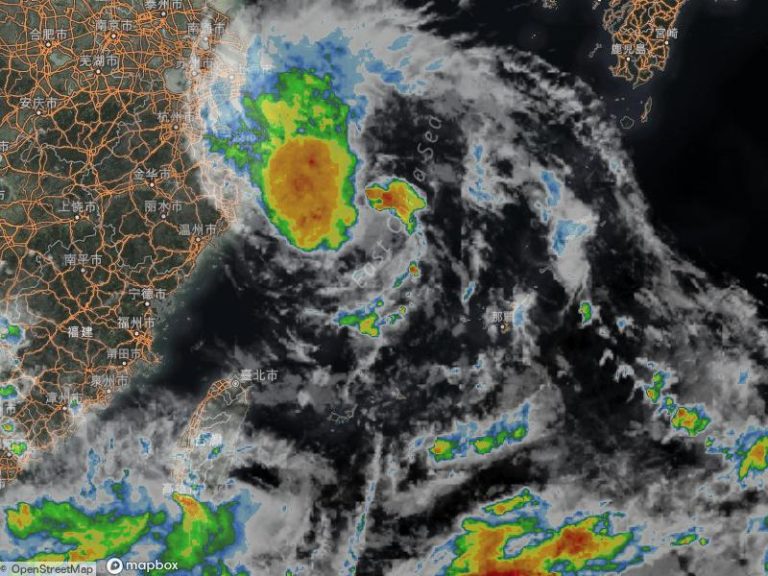The world of finance is witnessing a groundbreaking transformation as blockchain technology continues to reshape how we perceive and interact with traditional assets. At the forefront of this revolution is the TUNA project, the world’s first Fisheries Rights-Backed Asset (RWA) that is capturing the attention of both academic and financial innovators.

Recently, the project received significant validation from the Hanwha-ZJU Shanghai Institute of Digital Finance Joint Lab, a collaborative research center that brings together the expertise of Zhejiang University Shanghai Institute of Advanced Studies and HanYa Financial. This joint lab is not just another academic institution; it specializes in cutting-edge technologies like blockchain, metaverse, big data, and asset encryption—making its interest in TUNA particularly noteworthy.
The core innovation of TUNA lies in its revolutionary approach to asset tokenization. By transforming real-world fisheries equity into digital assets, the project represents a critical bridge between traditional financial instruments and the emerging decentralized finance (DeFi) ecosystem. This approach is more than just a technological experiment; it signals a potential paradigm shift in how we conceptualize and trade equity assets.

The recognition from such a prestigious academic-industry collaboration suggests that TUNA is not merely a speculative venture, but a serious attempt to integrate Web3 technologies with traditional financial frameworks. Analysts view this development as a significant milestone, indicating that the tokenization of equity assets is moving from theoretical concept to practical implementation.
What makes TUNA particularly intriguing is its focus on fisheries rights—a sector traditionally viewed as complex and difficult to digitize. By creating a Rights-Backed Asset (RWA) in this domain, the project demonstrates the versatility of blockchain technology in representing and trading traditionally illiquid assets.
While the specific mechanics of how fisheries rights are secured and tokenized remain somewhat opaque in the available documentation, the project’s fundamental premise is clear: democratize access to investment opportunities by converting tangible assets into digital, tradable tokens. This approach has the potential to unlock new forms of investment and financial participation that were previously inaccessible to many.
The involvement of the Hanwha-ZJU Shanghai Institute of Digital Finance Joint Lab adds substantial credibility to the TUNA project. As an institution at the intersection of academic research and financial innovation, their interest suggests that the project has passed rigorous initial scrutiny and holds genuine transformative potential.

For investors and technology enthusiasts, TUNA represents more than just a novel financial product. It embodies the broader trend of Web3 technologies gradually integrating with traditional financial systems, promising greater transparency, accessibility, and efficiency in asset management and trading.
As the financial world continues to evolve, projects like TUNA serve as important proof points that blockchain and tokenization are not just theoretical concepts, but practical tools for reimagining how we create, trade, and think about assets. The journey of TUNA will undoubtedly be watched closely by financial innovators, academic researchers, and investors seeking to understand the next frontier of digital asset management.




